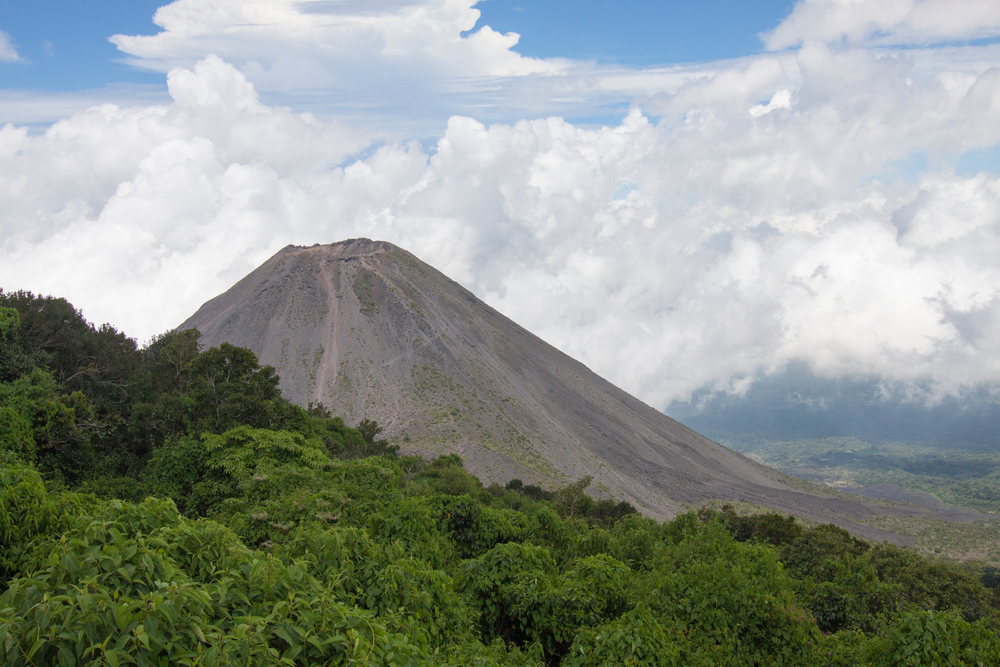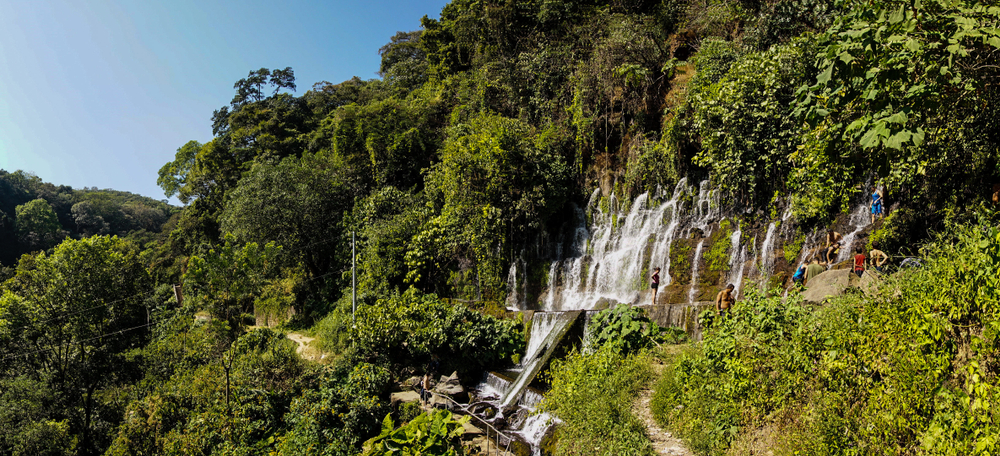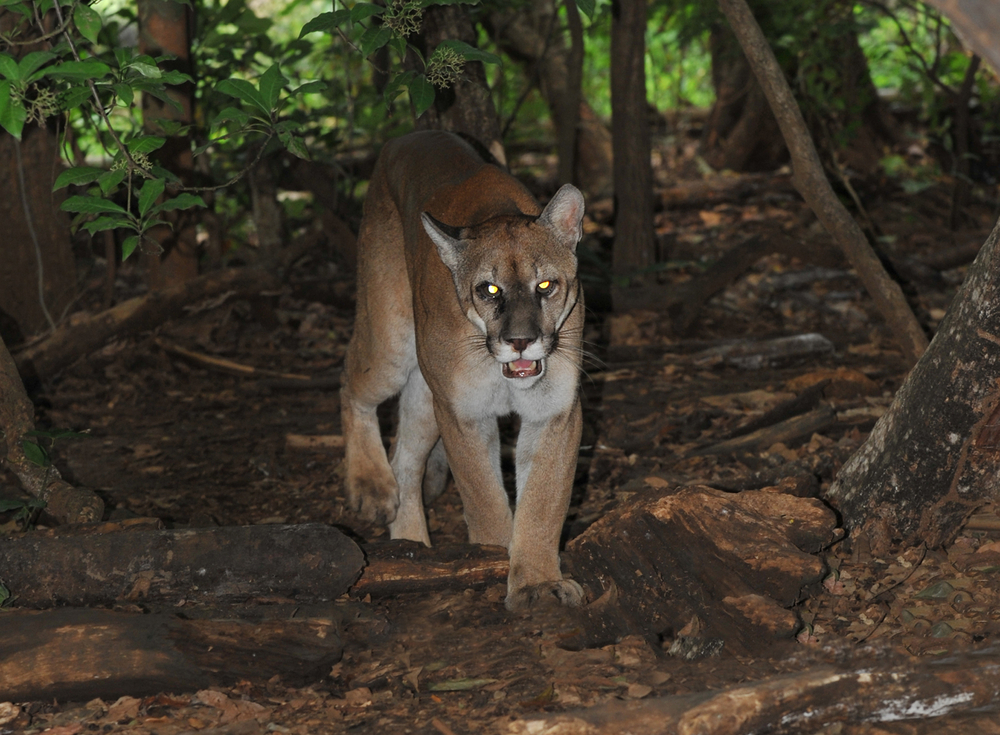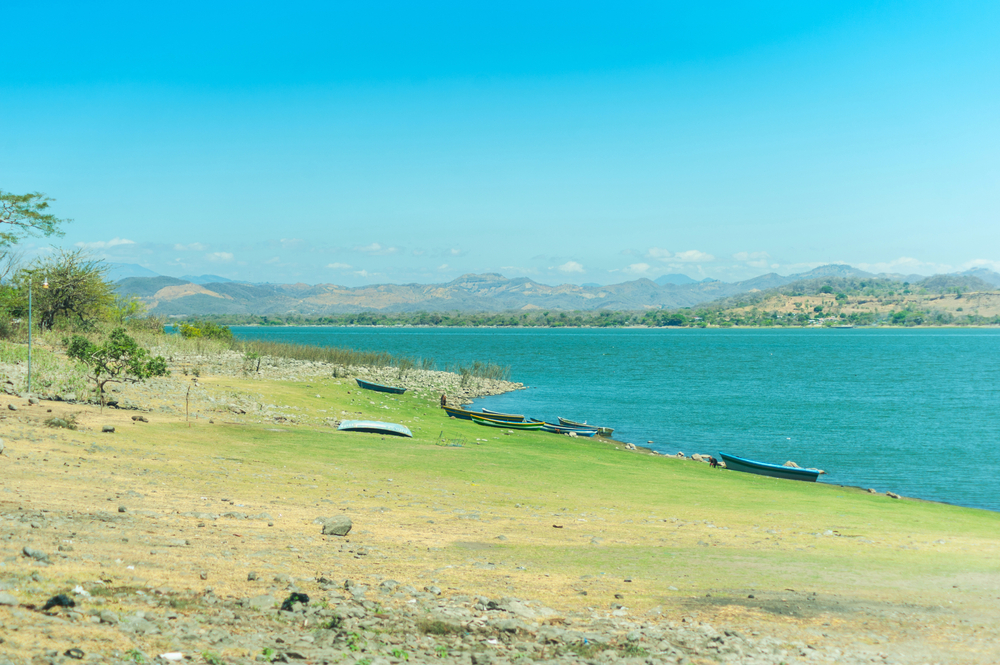El Salvador’s national park system includes several important conservation areas, but the exact first designated park is not widely documented. However, El Imposible National Park, established in 1989, is one of the oldest and most significant parks in the country.
About El Salvador National Parks
El Salvador, the smallest country in Central America, is home to a rich array of ecosystems, from volcanic landscapes to coastal mangroves, all preserved within its national parks. The country has several designated national parks that protect its unique biodiversity, including cloud forests, dry tropical forests, and marine ecosystems. These parks serve as vital refuges for endangered wildlife, such as jaguars, ocelots, and hawksbill sea turtles. Despite its size, El Salvador’s diverse geography makes it an excellent destination for nature lovers and outdoor enthusiasts.
One of the most famous national parks in El Salvador is El Imposible National Park. This park, located in the western part of the country, covers over 3,800 hectares and is one of the last remaining tropical forests in El Salvador. It is named after a once-perilous gorge that traders used to cross, and today, it is a haven for a wide range of wildlife, including pumas, king vultures, and anteaters. The park offers numerous hiking trails through its mountainous terrain, providing visitors with breathtaking views and opportunities to explore its rich flora and fauna.
Another important protected area is Cerro Verde National Park, which encompasses three iconic volcanoes: Izalco, Santa Ana, and Cerro Verde. Among them, Santa Ana is the tallest volcano in El Salvador and features a stunning turquoise crater lake at its summit. The park’s cool climate and lush cloud forests make it a popular destination for hiking, birdwatching, and enjoying panoramic views of Lake Coatepeque. Izalco, often called the “Lighthouse of the Pacific” due to its historical eruptions, presents a challenging hike but rewards climbers with unforgettable scenery.
Montecristo National Park, located in the northwestern part of the country, is another ecological treasure. Sitting at an altitude of over 2,400 meters, this park features a mystical cloud forest that receives heavy rainfall and supports diverse plant life, including orchids, ferns, and moss-covered trees. It is home to rare and endangered species such as the two-toed sloth and the quetzal, a vibrantly colored bird that is difficult to spot. Due to its sensitive ecosystem, visitor access is limited, ensuring the preservation of its unique environment.
Although not a national park, Walter Thilo Deininger Adventure Park on the Pacific coast provides a different kind of experience with its dry tropical forest and rocky cliffs overlooking the ocean. This park is home to a variety of reptiles, birds, and small mammals, and it offers excellent hiking trails, mountain biking routes, and caves to explore. Its location near the coast makes it an ideal stop for those traveling between El Salvador’s famous beaches and inland nature reserves.
El Salvador’s national parks face ongoing conservation challenges, including deforestation, illegal hunting, and urban expansion. However, efforts by government agencies and environmental organizations have led to reforestation projects and stronger protections for endangered species.
Ecotourism has also played a role in supporting these efforts, with local communities benefiting from sustainable tourism initiatives. Despite these challenges, El Salvador continues to work toward preserving its remarkable natural heritage, ensuring that future generations can enjoy its breathtaking national parks.
El Salvador National Parks

Cerro Verde National Park
Explore Now
El Boquerón National Park
Explore Now
El Imposible National Park
Explore Now
Montecristo National Park
Explore Now
San Diego and San Felipe Las Barras NP
Explore NowFAQ’s
1. What was the first national park in El Salvador?
2. What is the largest national park in El Salvador?
The largest national park in El Salvador is El Imposible National Park, covering approximately 12,000 hectares (120 square kilometers or 46.3 square miles). It is a vital biodiversity hotspot with diverse wildlife, including rare bird species and native mammals.
3. What is the smallest national park in El Salvador?
The smallest national park in El Salvador is Montecristo National Park, covering only 19.73 square kilometers (7.62 square miles). Despite its size, it is well known for its cloud forest, diverse flora and fauna, and strict conservation efforts.
4. What is the most popular national park in El Salvador?
El Boquerón National Park is the most visited national park in El Salvador. It is famous for its scenic views of the massive crater at the summit of the San Salvador volcano. Its location near the capital city makes it a favorite for both tourists and locals.
5. What percentage of El Salvador's land area is protected through official National Parks?
Approximately 12% of El Salvador’s total land area is designated as protected areas, including national parks, reserves, and other conservation sites.
6. What other protected areas are there in El Salvador?
Apart from national parks, El Salvador has several other protected areas, including:
- San Isidro Natural Monument – Protects geological formations and unique habitats.
- Volcán de San Miguel Protected Area – Conserves the ecosystem surrounding the San Miguel Volcano.
- Walter Thilo Deininger Park – A coastal forest reserve with diverse flora and fauna.
- Laguna de Las Ninfas Protected Area – A significant wetland ecosystem.
7. What nature attractions does El Salvador have apart from National Parks?
El Salvador is home to numerous natural attractions, including:
- Lake Coatepeque – A stunning volcanic crater lake ideal for water sports and relaxation.
- Tamanique Waterfalls – A popular waterfall destination for hikers near La Libertad.
- Cerro Verde – A cloud forest area with trails leading to Santa Ana Volcano.
- Jiquilisco Bay – A vast mangrove ecosystem important for marine life conservation.
8. What species are endemic and unique to El Salvador?
El Salvador has several species unique to its ecosystem, including:
- Salvadoran Streamside Anole (Anolis salvadorensis) – A lizard species found only in the country.
- Salvadoran Spiny Pocket Mouse (Heteromys salvadorensis) – A small rodent unique to El Salvador.
- Endemic orchids and bromeliads – Various plant species found in cloud forests like Montecristo National Park.
9. What is El Salvador's main international airport?
The main international airport in El Salvador is Monseñor Óscar Arnulfo Romero International Airport (SAL), located near San Salvador.
10. What international airline companies fly into El Salvador?
Several international airlines operate flights to and from El Salvador. These include:
- Avianca
- American Airlines
- Copa Airlines
- Delta Air Lines
- Iberia
- Spirit Airlines
- United Airlines
- Volaris
11. Who manages the national parks of El Salvador?
The Ministry of Environment and Natural Resources (MARN) and the Salvadoran Institute of Tourism (ISTU) oversee national park conservation, management, and promotion. More information can be found at:
- MARN Website: https://www.marn.gob.sv
- ISTU Website: https://www.istu.gob.sv









































































